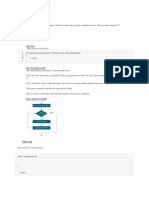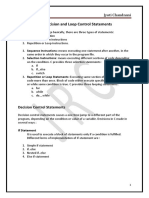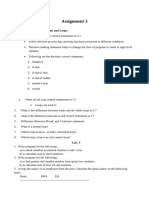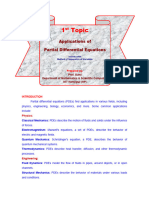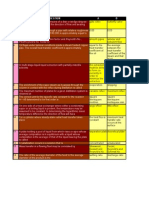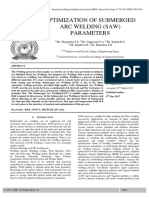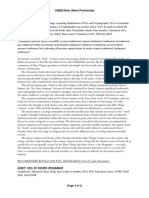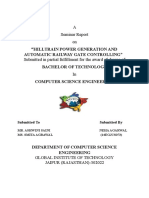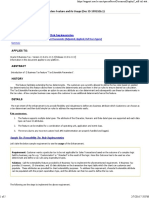0% found this document useful (0 votes)
9 views52 pagesC
The document provides an overview of C programming concepts, including header file inclusion, types of operators, control statements, loops, storage classes, functions, pointers, and arrays. It explains the syntax and usage of various operators, control structures, and functions, along with examples of C programs for practical understanding. Additionally, it covers advanced topics like call by value and call by reference, as well as the concept of pointers and arrays in C.
Uploaded by
Hyder AliCopyright
© © All Rights Reserved
We take content rights seriously. If you suspect this is your content, claim it here.
Available Formats
Download as DOCX, PDF, TXT or read online on Scribd
0% found this document useful (0 votes)
9 views52 pagesC
The document provides an overview of C programming concepts, including header file inclusion, types of operators, control statements, loops, storage classes, functions, pointers, and arrays. It explains the syntax and usage of various operators, control structures, and functions, along with examples of C programs for practical understanding. Additionally, it covers advanced topics like call by value and call by reference, as well as the concept of pointers and arrays in C.
Uploaded by
Hyder AliCopyright
© © All Rights Reserved
We take content rights seriously. If you suspect this is your content, claim it here.
Available Formats
Download as DOCX, PDF, TXT or read online on Scribd
/ 52

















